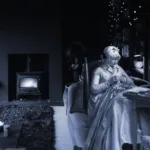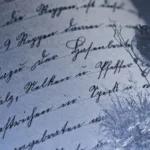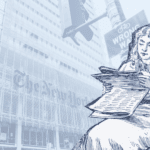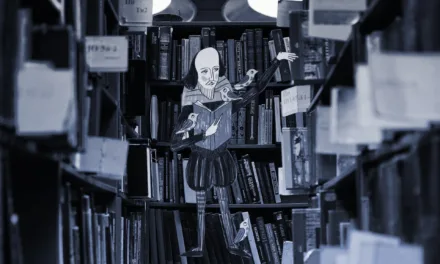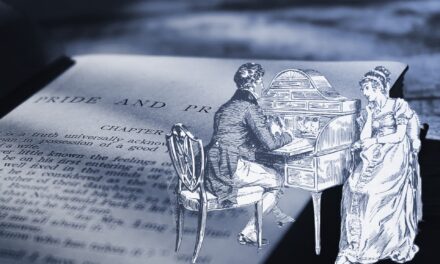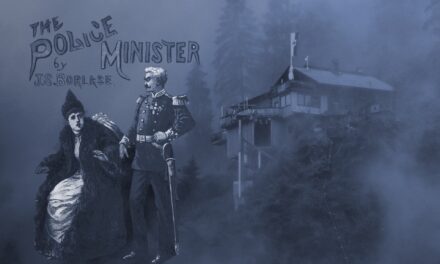
How do you write love at first sight?

“Hey sorry if this has been asked already but could you give any tips on how to write a character falling in love at first sight or i suppose infatuation. Like dumbstruck by how attractive they find the person if front of them, thanks”
That electric moment when two characters lock eyes for the first time is a beloved trope in so much fiction. It’s one of the most common romance tropes that spans genres and styles. When written well, love at first sight can create powerful, memorable scenes that you just can’t forget. However, it’s also easy to fall into cliché or make the attraction feel shallow. So how do you write love at first sight in a way that feels real and earned?
What makes love at first sight work?
Love at first sight needs to feel both immediate and meaningful. It should strike like lightning, but leave lasting impressions that ripple through your story. The trick is to balance instant physical attraction with a deeper emotional response that hints at a deeper connection that is still to develop.
Sensory details matter
When writing love at first sight, in order to make it really leave an impression on your readers, you must engage all five senses, not just the visual. Things to consider when writing a really impactful scene might be:
- How does time feel to the characters in that moment?
- What sounds fade into the background?
- Are there particular scents associated with the moment?
- Does your character experience physical sensations?
- Is there something more ephemeral to your specific character that they feel in the moment?
Physical and emotional impact
A life-changing moment will have repercussions that reach far beyond the immediate. If a character is in love at first sight, you need to show both their external and internal experiences of that first meeting.
External signs
- Does their speech change?
- Do they lose track of everything else happening around them?
- How do they react physically? Do they blush? Do they tremble?
- Are there any changes in their behaviour that others might notice?
Internal experience
- What are they thinking? Are they clear-headed or do they have jumbled, racing thoughts?
- What emotions are they feeling?
- Do they have a sudden onset or clarity or confusion?
- Do they feel that something significant has just happened?

Write more, write better, and achieve your goals with Novlr!
Make it character-specific
No two love stories are the same. So if you want to keep things interesting and avoid cliché, then your characters’ meet cute must be as unique as they are. The way your character experiences love at first sight should reflect who they are. For instance, a practical person might try to rationalise their reaction, whereas a romantic might lean into the feeling. An anxious character might attempt to deny or avoid their attraction, whereas a confident person might immediately pursue the connection.
Common pitfalls to avoid
- Don’t just rely on physical attraction: Hot people being attracted to other hot people isn’t new or interesting. There has to be something other than how they look that attracts your characters to each other. What is it that makes one person uniquely attractive to the other?
- Skip the clichés: Avoid cliché’d phrases and instead find fresh ways to describe the experience. Eyes meeting across a crowded room or people releasing breaths they didn’t know they were holding are tired and worn out. Your characters deserve a connection as unique as they are.
- Keep it grounded: While the moment may feel magical to your characters, make sure you ground their connection in reality. Love in all forms changes people, and it’s rarely perfect. An instant connection can be disruptive, or it can be based on an idea of someone rather than a truth. Don’t be afraid to explore the realities of love, even though the attraction was immediate.
Writing techniques
Slow down time
Take extra space to describe the moment of love at first sight. This helps readers experience the impact along with your character.
Break your patterns
Use different writing techniques to set this moment apart. You might switch to shorter or longer sentences, use disrupted thought patterns, or heighten the sensory detail.
Build the aftermath
Love at first sight is just one part of a romance arc. Make sure you develop what comes after to give the first moment more impact. They may be distracted from their normal routine, replay the moment in their minds, have a confused reaction to the strength of their feelings, or look for opportunities to cross paths again if the attraction didn’t immediately start a relationship.
Final thoughts
Writing love at first sight well means balancing an immediate attraction with deeper relationship potential. Ground immediate attraction with your character’s reality while simultaneously allowing them to experience something extraordinary.
Whether you’re writing romance, including romantic elements in another genre, or just want to capture that lightning-strike moment of connection, focusing on authentic character reactions and specific, vivid details will help you write believable love at first sight scenes with real staying power.



